23 March 2025
Have you ever paused for a moment, mid-game, and marveled at how the AI in real-time strategy (RTS) games seems to outthink you? I mean, it's not just about throwing waves of enemies at you like it did in the 90s anymore. Today’s AI feels... smarter. It adapts, counters your strategies, and sometimes even catches you completely off guard. How did we get here? Buckle up, because we’re diving into the fascinating journey of how artificial intelligence has evolved in the world of RTS gaming.
The Humble Beginnings: Dumb but Determined
Let’s rewind to the late '80s and early '90s—back when RTS games were in their infancy. Think about classics like Dune II and the early Command & Conquer titles. The AI back then? Well, it wasn’t exactly a rocket scientist.In those days, game developers worked with limited resources and technology. AI opponents followed pre-determined scripts—like robots stuck on a single loop. If you figured out its playbook, it was game over for the computer. Remember how you could cheese your way to victory with a single overpowered strategy? Yeah, those were the times!
But despite their simplicity, those early AI systems laid the groundwork for something bigger. The goal, even then, was to create a worthy adversary for players to pit their wits against. While it may have been frustratingly predictable, early RTS AI still gave us unforgettable memories (and maybe a few rage quits).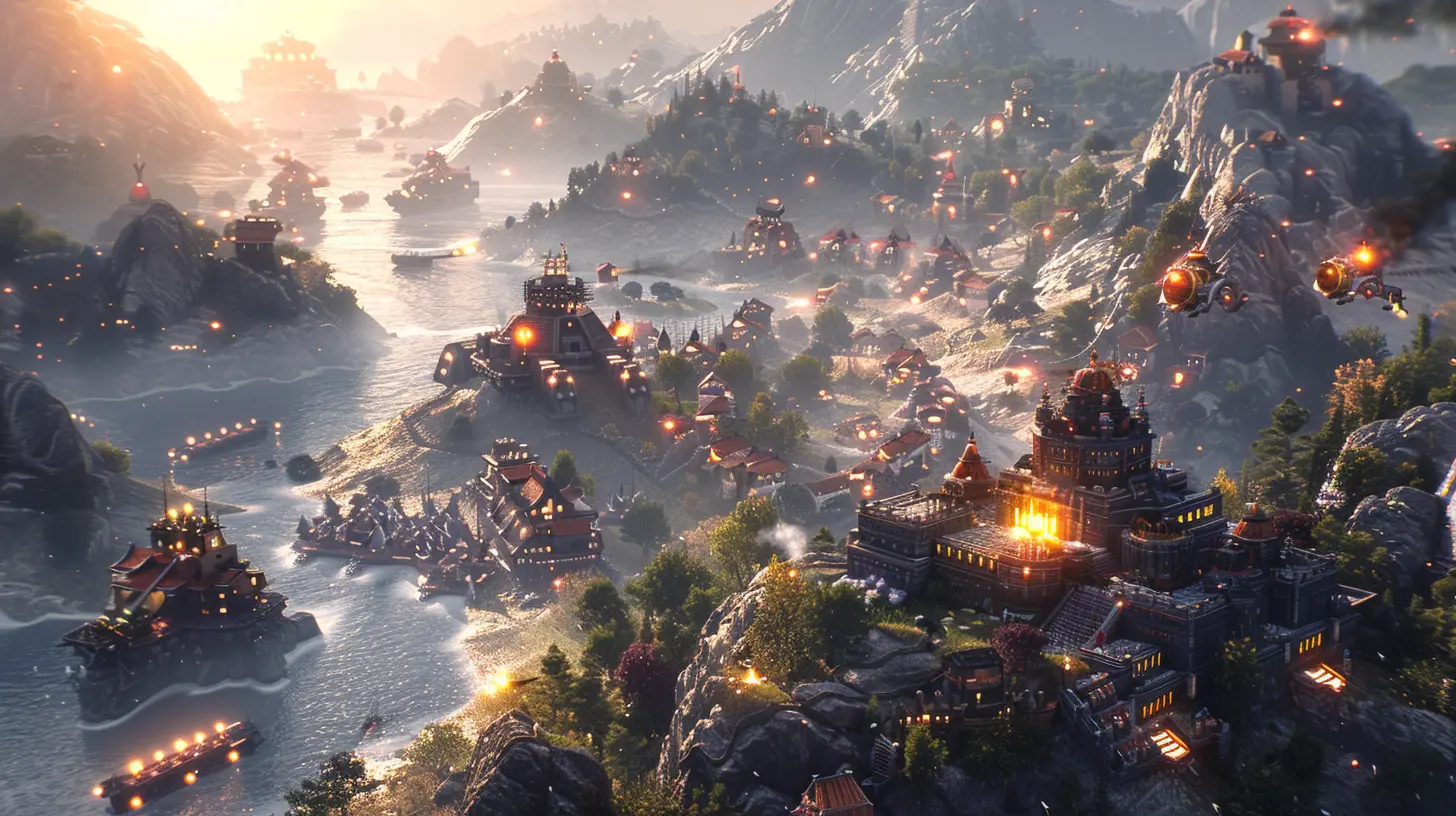
Scripting Gets an Upgrade: The Birth of Dynamic AI
Fast forward to the late '90s and early 2000s. The RTS scene exploded with hits like StarCraft, Age of Empires II, and Warcraft III. The AI during this era took a big step forward. It wasn’t just about running scripts anymore—developers started introducing dynamic behavior.For example, if you attacked the AI with a horde of infantry units, it might respond by building counters like archers or cavalry. This gave players a taste of what felt like a reactive opponent, even though the AI was still largely following predetermined rules.
This shift made the gameplay more engaging. Sure, the AI wasn’t perfect—it still cheated sometimes. (Let’s not even talk about how it magically knew where your base was, even without scouts!) But overall, it started to feel like the AI was paying attention to how we played. It could adapt... to a degree.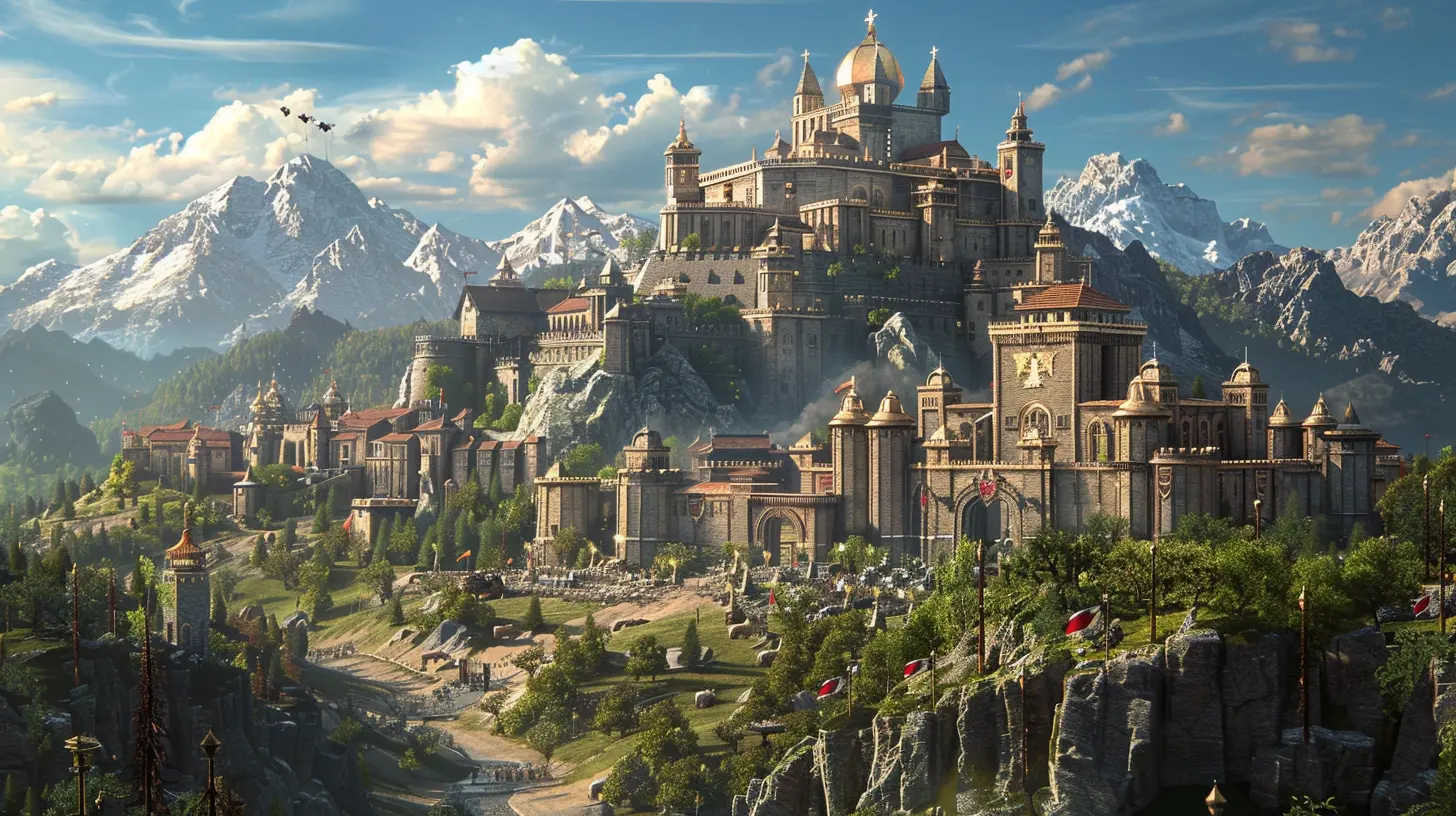
The Turning Point: Machine Learning Meets RTS
Things started to get seriously interesting in the mid-2010s. By this point, AI technology outside of gaming was advancing quickly. Terms like “machine learning” and “neural networks” were all the rage, and developers began to wonder: Could these innovations make RTS AI smarter?Enter machine learning. Unlike traditional AI, which relies on pre-coded behaviors, machine learning trains AI models to analyze data and make decisions based on patterns and probabilities. It’s like teaching a dog new tricks—except the dog is a virtual superbrain.
A perfect example of this was the introduction of DeepMind’s AI in StarCraft II. Google’s DeepMind team worked with Blizzard Entertainment to create an AI named AlphaStar. And let me tell you... AlphaStar was a game-changer—literally. This AI learned not just by being programmed, but by playing millions of matches. It studied human strategies, tried out new tactics, and refined its gameplay on the fly.
When it was finally unleashed against pro players, AlphaStar didn’t just hold its own. It dominated. Imagine a chess grandmaster playing 100 games at once while simultaneously learning from every move. That’s the kind of brainpower we’re talking about here.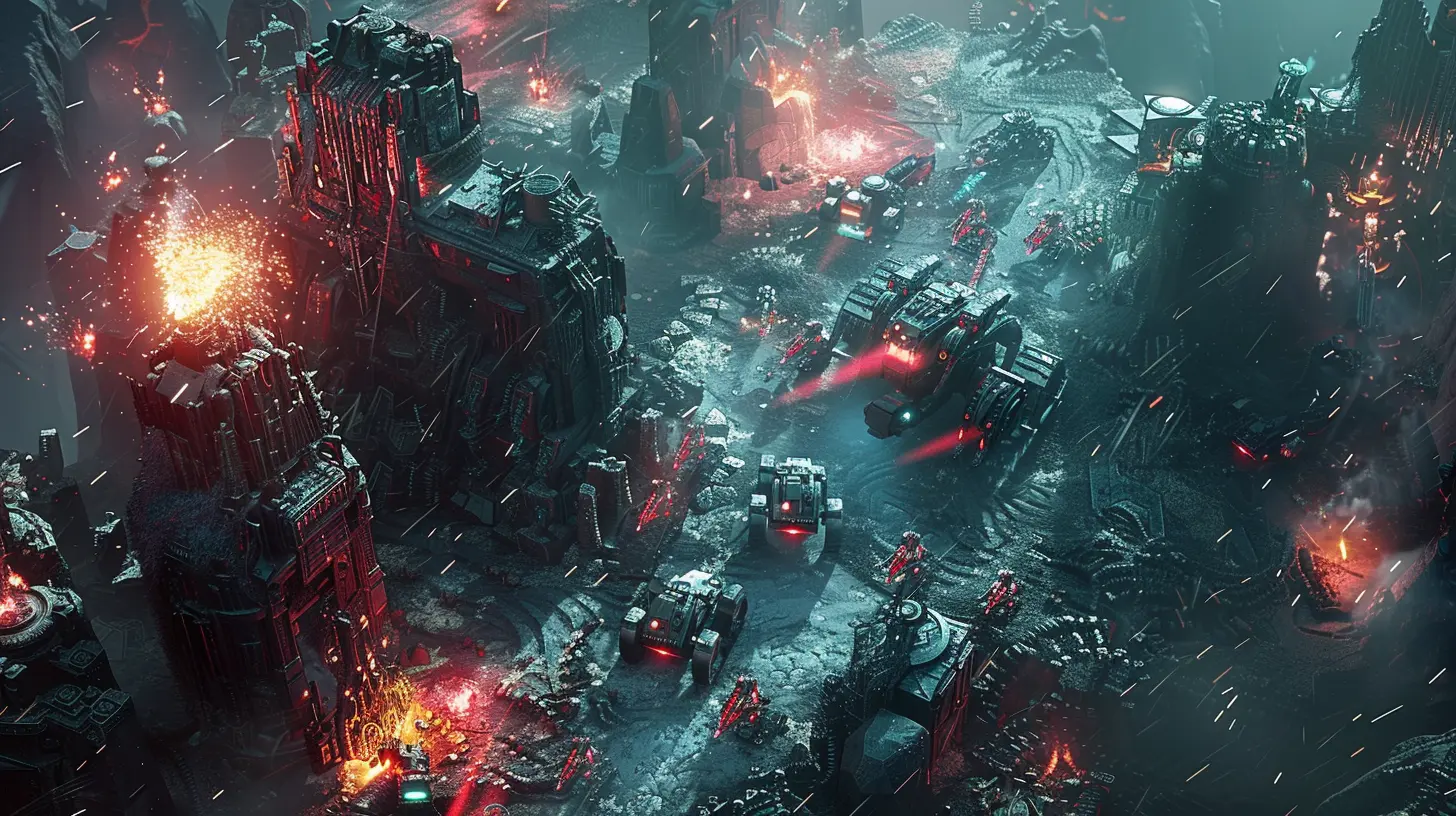
Modern RTS AI: Smarter, Fairer, and More Fun
These days, AI in RTS games isn’t just about beating you into submission—it’s about making the experience as fun and challenging as possible. Modern AI keeps getting better at balancing strategy and fairness, which is a big deal for gamers of all skill levels.Games like Total War: Warhammer III or Northgard use AI that’s capable of creating diverse strategies. It’s no longer just about brute force or rushing your base. Now, AI takes a more holistic approach, managing economies, adapting troop formations, and even baiting players into traps. Can you believe that? An AI setting traps for you! Wild, right?
But here’s the kicker: modern AI doesn’t always “cheat” like it used to. Developers are increasingly designing AI that follows the same rules as human players. This creates a fairer (and less rage-inducing) experience. After all, what’s the point of outsmarting an opponent if you know they’ve been given unfair advantages?
Let’s Be Honest: AI Still Isn’t Perfect
Okay, so modern RTS AI is impressive, no question. But let’s not pretend it’s flawless. AI still struggles with nuance and creativity—two areas where humans shine. For example, if you pull off an absolutely bonkers play (think: using 5 units to destroy an entire enemy army), the AI might not know how to respond because it hasn’t “seen” that kind of strategy before.And don’t get me started on the times when AI makes baffling decisions. Like, why would you send one lone scout directly into my heavily fortified base? What was the plan there, my digital friend?
Still, these quirks are part of what makes RTS games so interesting. Playing against AI might not compare to the unpredictability of human opponents, but it’s a whole lot better than it used to be.
What’s Next for RTS AI?
So, what’s on the horizon? If recent trends are anything to go by, the future of RTS AI is looking pretty exciting.For starters, we could see more integration of neural networks and reinforcement learning. This would allow AI to further refine its strategies through trial and error, rather than relying on pre-designed scripts. Imagine an AI that doesn’t just react to your moves but understands the underlying strategy—kind of like a chess prodigy who sees 20 moves ahead.
We might also see more collaborative AI systems. Think about co-op modes where the AI isn’t just an opponent but a teammate. Picture an AI ally that actually complements your playstyle—protecting your weaknesses and enabling your strengths. Sound too good to be true? Maybe. But with the pace of AI development, it might not be that far off.
Finally, developers are likely to place more emphasis on personalization. Imagine an AI that learns your specific tactics over time, adjusting its difficulty or strategies to match your progress. This would create a truly customized experience, making every match feel fresh and engaging.
Wrapping It Up: Why AI Evolution Matters in RTS
Let’s face it: RTS games wouldn’t be the same without AI. Whether it was that first clunky opponent who rushed your base without a second thought or today’s hyper-adaptive deep-learning algorithms, AI has always been a cornerstone of the genre.As gamers, we crave challenges that push us to think creatively and adapt quickly. The evolution of AI in RTS gaming isn’t just about making games harder—it’s about making them better. It’s about creating those “aha!” moments when you finally outsmart a seemingly unbeatable opponent. It’s about fun, plain and simple.
So next time you’re in the middle of an epic RTS showdown, take a second to appreciate how far the AI has come. Who knows? The next big evolution might already be lurking just around the corner.

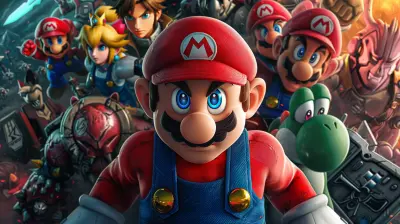

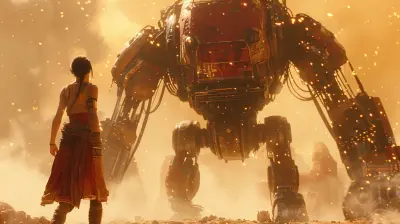



Ava Beck
Impressive insights! AI's evolution truly enhances strategy depth and player engagement.
April 5, 2025 at 2:45 PM